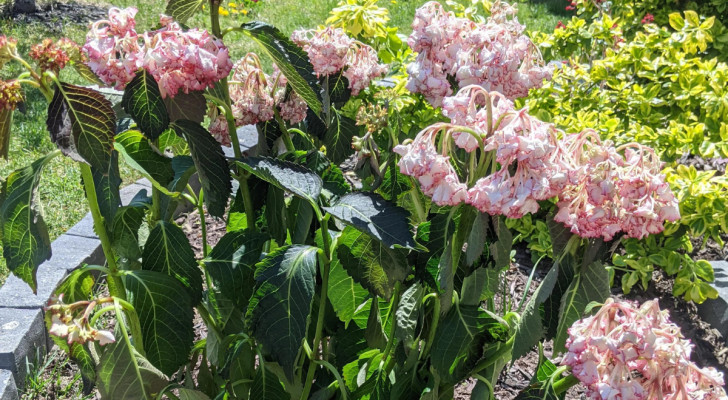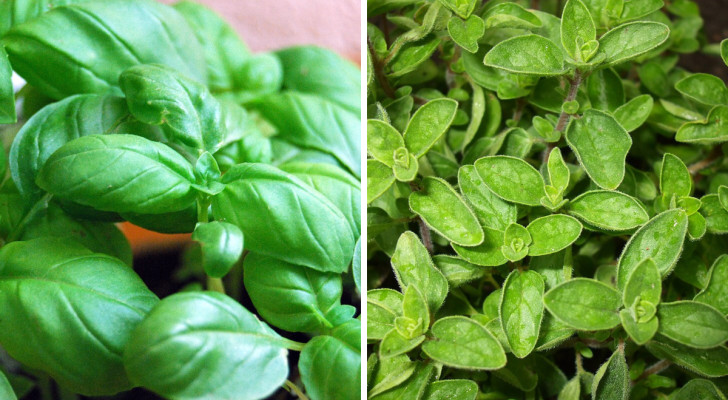Fill your garden with new plants for no cost by using springtime cuttings

Propagation of plants from cuttings is a simple and cheap way to add new greenery to your garden.
Springtime is the perfect time to take cuttings for propagation - especially from the "waste" produced by any pruning you've had to do. Below, we provide information on some of the plants that you can propagate from cuttings in spring.
1. Abutilon
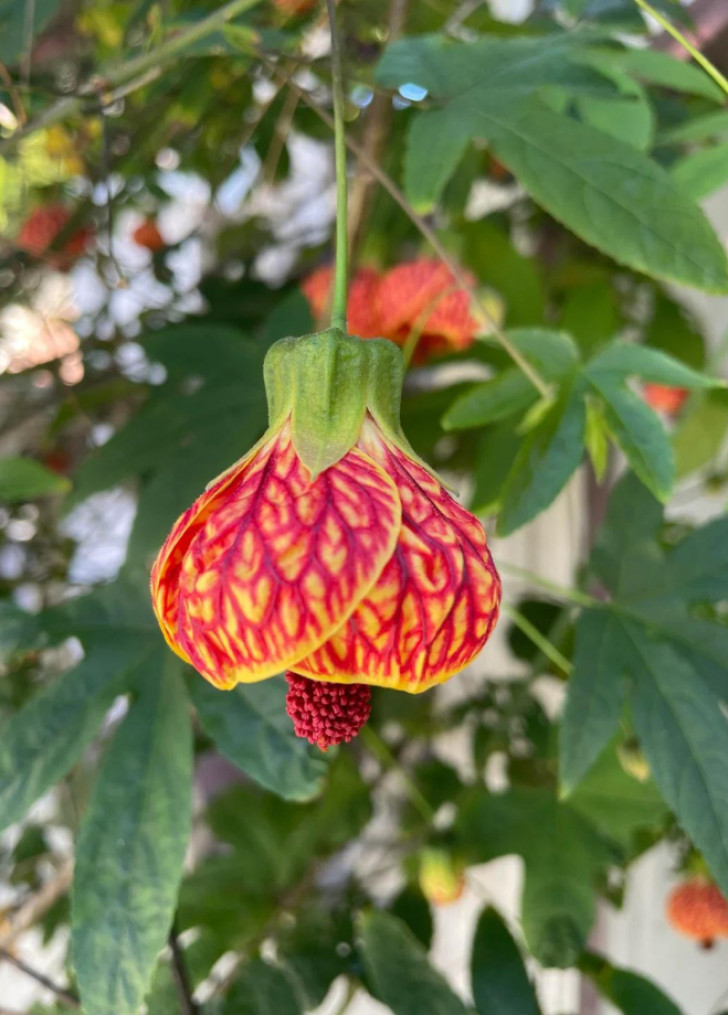
Abutilon theophrasti (also known as Velvetleaf, Velvet Plant, Velvetweed and the Chinese jute) it is an indoor and outdoor evergreen that can get quite big and has iconic, wonderfu,l pendulous bell-shaped flowers. Propagation of this plant with cuttings can be carried out in early spring. Take cuttings (cut obliquely) 8-15 cm from the top of the branches immediately below a node and removing any lower leaves. Place the cuttings in pots with coarse, sandy soil and dark peat in a 50:50 mix and place the pots in the shade with a plastic cover to maintain a temperature around 20 degrees C. The appearance of the first shoots will mean the cuttings have rooted successfully: you can then remove the pastic cover and place the plant in a brighter location.
2. Aromatic plants
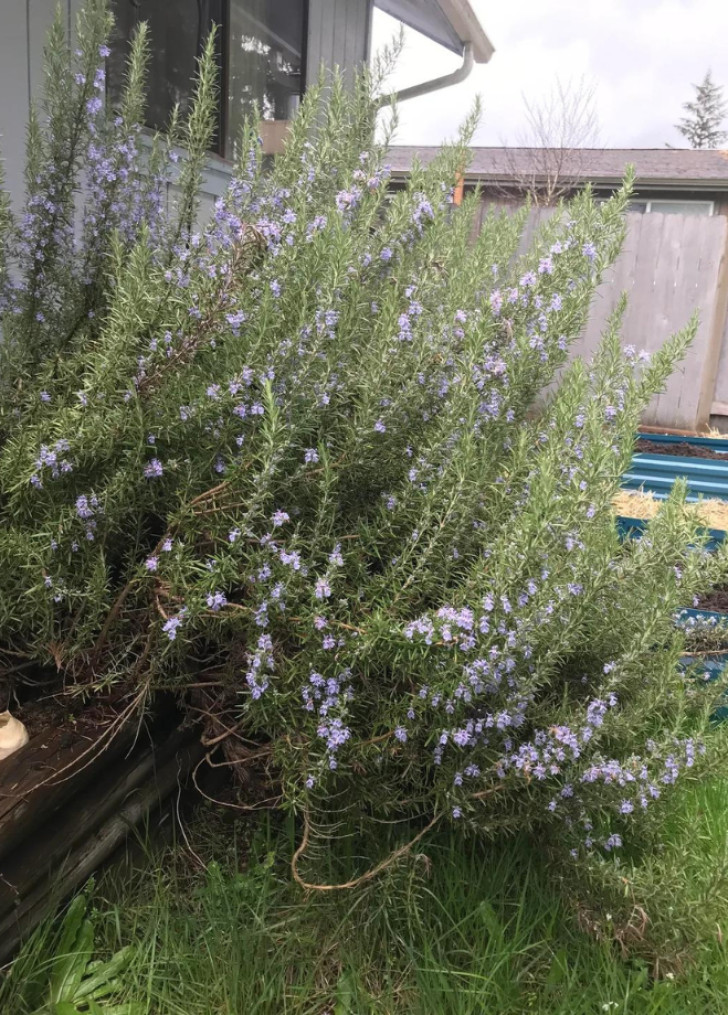
For those who love to flavor dishes with aromatic herbs, having a fresh supply to hand is always desirable. And springtime is when you can propogate herbs from cuttings: from an adult plant, take a branch of 8-15 cm in length as a cutting and remove the lower, leave the top third. Plant the cutting in general purpose soil and keep moist. You can easily propogate rosemary, sage and oregano in this way.
3. Oleander

Raise your hand if you love the magnificent blooms of oleanders which line avenues and decorate many gardens in summer. And you can propogate oleanders from cuttings: choose a semi-woody branch roughly 25 cm in length and without flowers and buds and cut it off 1 cm below the node; remove the top of the cutting by cutting above the third or fourth node, then also remove most of the lower leaves; rinse the base of the cuttings to remove the sap and immerse 2 nodes into water, placing it in a bright spot (but not in direct sunlight). In about two weeks, you will be able to see the first roots emerge and you can put the cutting in soil when the roots are 4-5 cm long.
4. Clerodendrum
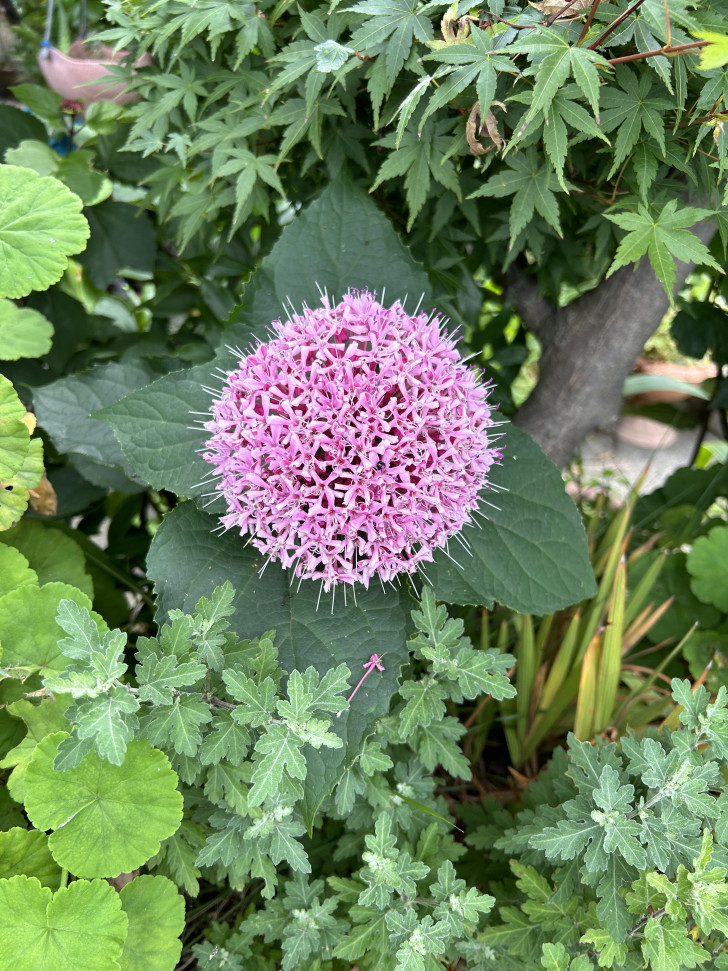
Widely used throughout the world for ornamental purposes, the clerodendron is characterized by pink flowers and a strong scent. This hardy plant is easy to propogate. Take a few young shoots during your spring pruning and place them in water or soil in a bright spot (but not in direct sunlight). When the cuttings start to sprout, you can transplant them.
5. Frangipani

A tropical plant of incredible beauty, Plumeria or Frangipani can be propagated from cuttings in spring, when temperatures are already high enough for the soil to reach 20 degrees C. Take 20-30 cm long cuttings from the ends of an adult plant, making an oblique cut just below a node. Leave to air dry - away from light and the elements - for about 1 or 2 weeks and remove all the leaves. Thereafter, plant into soil when is one part potting soid and one part perlite or sand. Water generously and place the cuttings in a warm and bright spot (but not in direct sunlight). Check for root growth and new buds regularly. After 1-2 months, when the roots are well developed, you can transplant.
6. Fuchsia
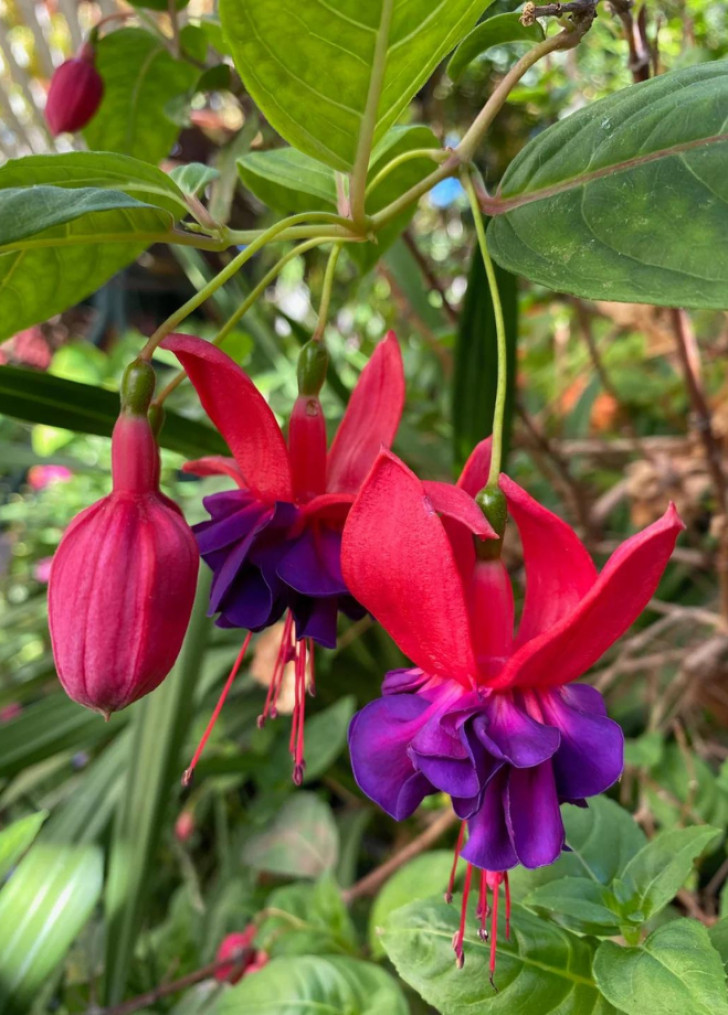
Another ornamental plant which is much appreciated for its beauty is the fuchsia. Fuchsias can be propagated from cuttings in spring or summer. Take a 10 cm long sprig from the donor plant and plant it in potting soil after removing all the lower leaves. Rooting will take place in a few weeks, and then you can proceed with transplating.
Which of these plants will you choose to propagate this spring?



